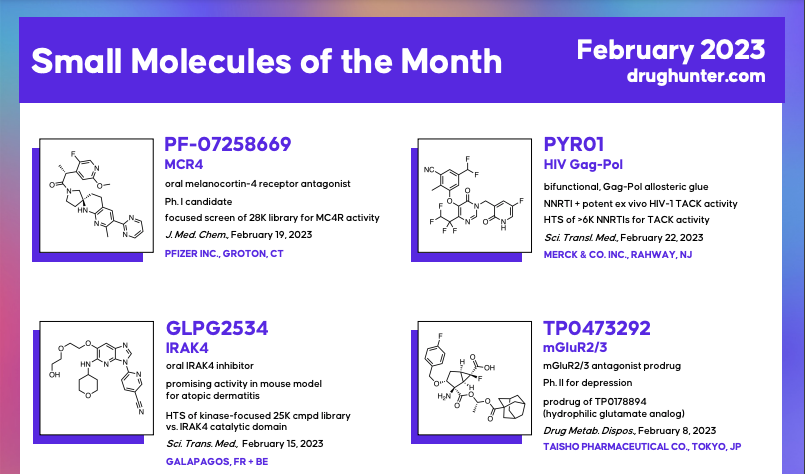Rory McAtee
Scientific Editor, Drug Discovery
Rory is Scientific Editor, Drug Discovery for Drug Hunter. Rory grew up in eastern Pennsylvania where he developed a passion for chemistry and improving society through science. He received his B.S. in Chemistry from Lycoming College and earned a Ph.D. in organic chemistry from the University of Michigan as a National Science Foundation Graduate Research Fellow. His graduate work focused on the invention and application of photoredox catalysis methods in organic synthesis. Prior to joining Drug Hunter, Rory worked as a medicinal chemist for Incyte Corporation. During this time, he focused on the design and synthesis of novel chemical entities to support multiple drug discovery programs. He enjoys establishing and participating in outreach activities focused on inspiring underrepresented students to pursue careers in STEM. Rory lives in the Philadelphia suburbs, where he enjoys homebrewing, meat-smoking, and outdoor adventures with his wife, daughter, and black lab.
More from Rory
Join the Drug Hunter Mailing List
to get free content and resources weekly. Trusted by >15,000 drug hunters worldwide. Unsubscribe anytime.
